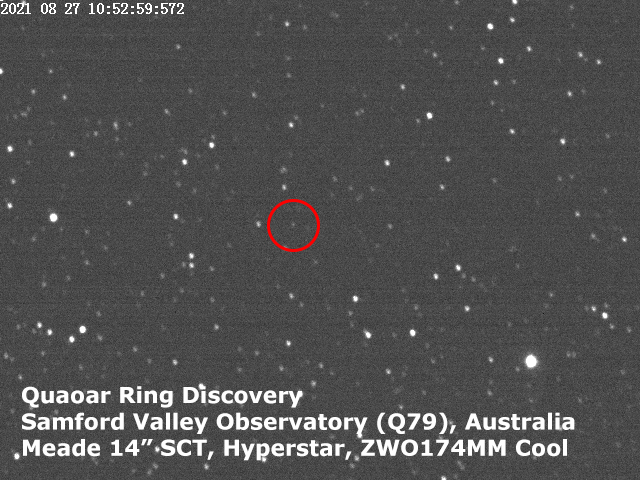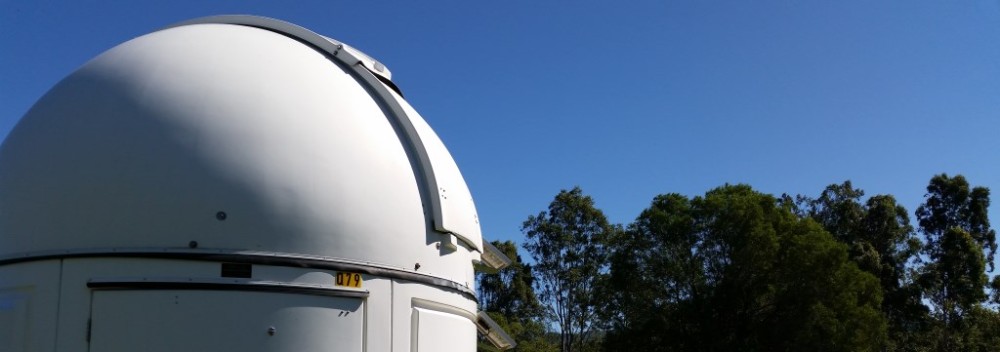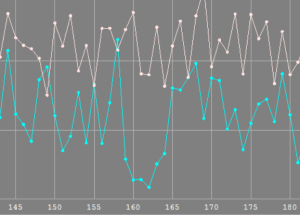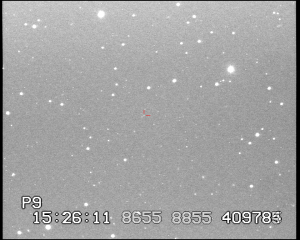What a night this was – the evening that three Queenslanders discovered a ring around (50000) Quaoar and almost 18 months later on, today, at long last, the discovery was published in Nature magazine for the world to see!
Myself and many others were observing this event for a main body occultation predicted by Luckystar last year, but seeing that we were well out of the path we decided to take a long-shot and record early and late to see if we could discover anything unusual. And boy did that pay off

I was watching live with Renato Langersek and spotted a ‘blip’ several minutes early and jotted down the time in my observers log. The main event came and went as expected – a miss – but when we reduced the data it was clear that our data, and that of John Broughton, lined up perfectly.
And to quote John : “After downloading a Ser viewer I can confirm the occultation blip is for real! The only conclusion to come to is that Quaoar must have a narrow ring about 10km wide and by implication is indirect evidence of shepherd moons. The fact that only single occultations have been observed from 3 out of 7 sites suggest it’s a ring arc akin to those discovered in the 80s surrounding Neptune, but even those have non-opaque matter in the remainder of the orbit. With that in mind, and extrapolating the Queensland times southward, the NSW observers should look for a 1 or 2-second fade around 10:52:00 UT.”
And that my friends, is history.




